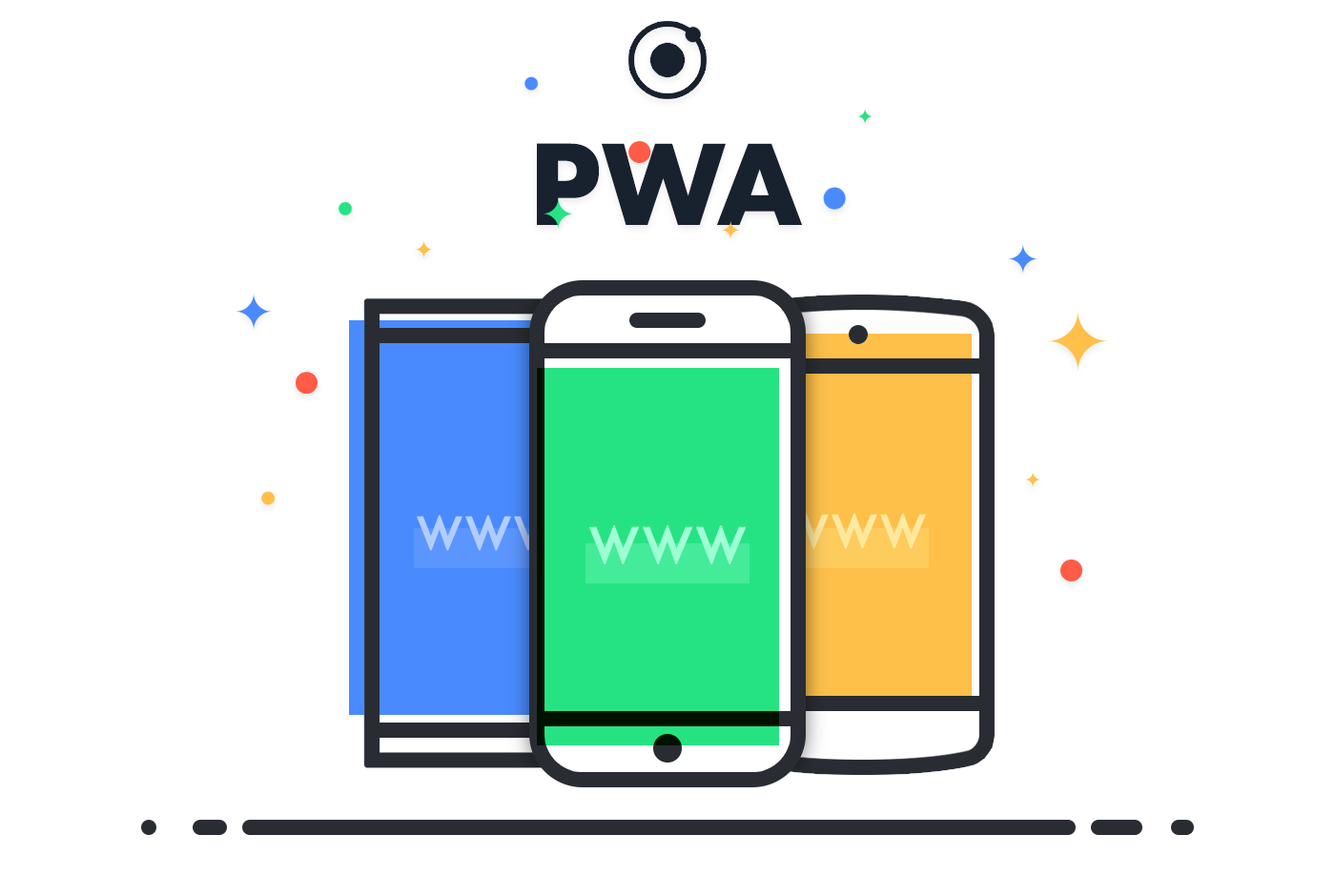A2102 Insights
Explore the latest trends and news on technology, lifestyle, and more.
Progressive Web Apps: The Future You Can’t Ignore
Discover why Progressive Web Apps are revolutionizing online experiences and why you can't afford to miss out on their benefits!
What Are Progressive Web Apps and Why Do They Matter?
Progressive Web Apps (PWAs) are web applications that utilize modern web technologies to deliver an app-like experience to users. They combine the best of web and mobile applications, allowing users to interact with a website as if it were a native application on their device. Key features of PWAs include offline access, push notifications, and the ability to be added to a device's home screen. This means that users can access these applications without the need for internet connectivity, providing them with a seamless experience regardless of network conditions.
Understanding why Progressive Web Apps matter is essential for businesses aiming to enhance user engagement. They not only improve load times and performance but also increase conversions, as users are more likely to return to an app that operates smoothly and efficiently. Additionally, PWAs have been proven to improve search engine visibility, making them a valuable tool for digital marketing strategies. By investing in PWAs, businesses can stay ahead of the competition and meet the evolving expectations of their customers in today's digital landscape.

5 Key Benefits of Progressive Web Apps for Businesses
Progressive Web Apps (PWAs) offer businesses a unique combination of benefits that enhance user experience and engagement. First and foremost, PWAs are designed to work seamlessly across all devices, providing a consistent experience regardless of screen size or operating system. This adaptability ensures that customers can easily access your services, whether they are using a desktop, tablet, or smartphone. Furthermore, PWAs load rapidly, thanks to service workers that cache resources, thereby reducing load times and minimizing user frustration.
In addition to improved loading speeds, another one of the key benefits of Progressive Web Apps is their ability to work offline. This means that users can continue interacting with your app even when they have limited or no internet connectivity. Offline functionality not only enhances the user experience but also increases customer retention rates. Moreover, PWAs drive higher engagement through push notifications, allowing businesses to directly communicate with their users and keep them informed about updates, promotions, and new features.
How to Get Started with Progressive Web App Development
To get started with Progressive Web App (PWA) development, first, it's essential to understand the core principles that define a PWA. These include performance, reliability, and engagement. Begin by ensuring your web application is built using modern web technologies such as HTML, CSS, and JavaScript. A solid foundation in these languages will enable you to implement the necessary features, such as service workers for offline functionality and responsive design to cater to various devices. You can set up a basic web app with capabilities like caching and push notifications to enhance user interaction and retention.
Next, focus on creating a seamless user experience. This involves making your PWA fast, reliable, and easy to install. Use tools like Google Lighthouse to assess your app's performance and identify areas for improvement. Additionally, consider implementing a manifest file which provides metadata about your app, enabling features like home screen installation and custom icon styling. Once these fundamentals are in place, regular testing, iteration, and adhering to best practices in SEO will ensure your PWA not only attracts users but also provides them with a compelling reason to return.